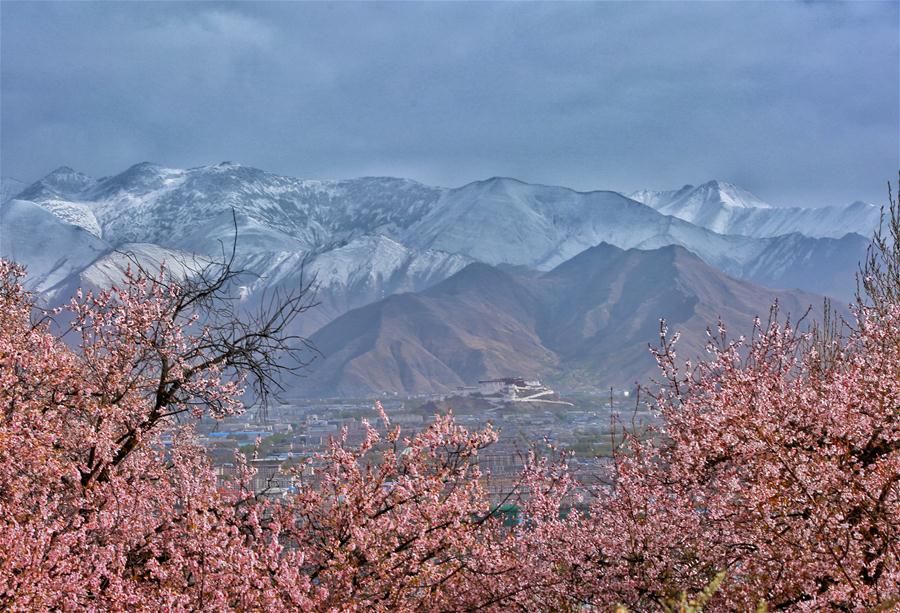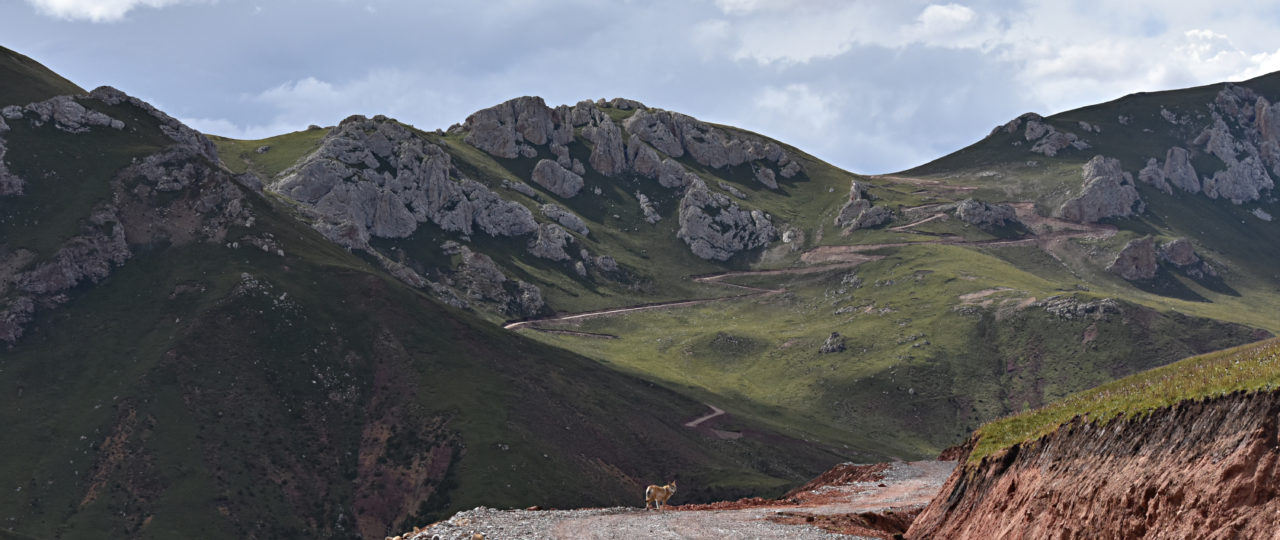New archaeological site revises human habitation timeline on Tibetan plateau
29-NOV-2018
CHINESE ACADEMY OF SCIENCES HEADQUARTERS
Human ancestors first set foot on the interior of the Qinghai-Tibetan Plateau around 30,000-40,000 years ago, according to new research by scientists from the Chinese Academy of Sciences (CAS). This new finding moves back the earliest data of habitation in the interior by 20,000 years or more.
The research team was led by Dr. ZHANG Xiaoling and Prof. GAO Xing from the Institute of Vertebrate Paleontology and Paleoanthropology (IVPP) of CAS. Their study, published in Science, was based on investigations of Nwya Devu, the oldest and highest early Stone Age (Paleolithic) archaeological site known anywhere in the world.
This archaeological achievement is a major breakthrough in our understanding of the human occupation and evolution of the Qinghai-Tibetan Plateau as well as larger-scale prehistoric human migration and exchanges. It caps 60 years of effort trying to find evidence of the earliest human habitation on the plateau.
The high altitude, atmospheric hypoxia, cold year-round temperatures and low rainfall of the plateau creates an extremely challenging environment for human habitation. Archaeological evidence indicates it was one of the last habitats colonized by Homo sapiens. Today, the Qinghai-Tibetan Plateau is the third least-populous spot on the planet.
More:
https://www.eurekalert.org/pub_releases/2018-11/caos-nas112918.php







